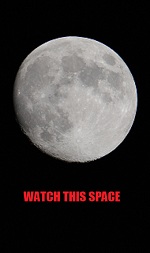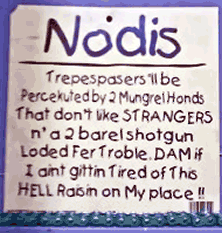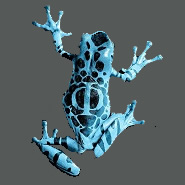 Oh, I do think ‘ole Charlie Fort would’ve loved this… talk about odd falls! Ha! I’m lovin’ it.
Oh, I do think ‘ole Charlie Fort would’ve loved this… talk about odd falls! Ha! I’m lovin’ it.
This is just the sort of thing we explorers need to lock in yet another cascade of fantabulous scenarios and tantalizing thoughts… you make sure they never stop flowing forth from your mind… and remember, if you go to this place – convertibles are not recommended! Seriously, though, read the article below, ripped as it was from the Telegraph ‘ere… and just let it fly… your ganglia will thank you.
What intrigues me is this… if this astronomer’s digital flight of fancy, (for that’s really all it is, you know…), is really true, then, how exactly do the rock clouds stay aloft? Well, never mind, because I can picture it… so it’s cool. Er, hot rather. Yeah.
Brollies out!
H e l l p l a n e t w h e r e r o c k f a l l s a s r a i n f o u n d
An artist’s impression of COROT-7b, where pebbles fall as rain Photo: European Southern Observatory
COROT-7b, an alien planet where a rain of pebbles falls from clouds of rock vapour into lakes of molten lava, has been found by astronomers.By Tom Chivers
Published: 1:10PM BST 01 Oct 2009Computer models of COROT-7b, a planet orbiting an orange dwarf star in the constellation Monoceros, 490 light years away, suggest that the world has a surface temperature hot enough to boil rock.
The research, by scientists at Washington University in St Louis, Missouri, conjures up a vision of hell.
COROT-7b, a rocky planet around twice the size of the Earth but of similar density, is only 1.6 million miles from its star: 23 times closer than the innermost planet in our solar system, Mercury, is to the Sun.
This proximity means that the planet is gravitationally locked, like the Moon to the Earth, so that one side of the planet always faces the star.
So while its far side is in perpetual freezing darkness – around 50 degrees above absolute zero – its near side is a balmy 2,800°C.
While scientists are not sure of the exact chemical makeup of the planet, the sheer temperatures mean that whatever it is, the rocky ground will boil, forming a mineral atmosphere.
And when cold fronts move in, small pebbles will condense and form rain and hail, just like water on Earth.
Professor Bruce Fegley, one of the team behind the research, said: “The only atmosphere this object has is produced from vapor arising from hot molten silicates in a lava lake or lava ocean.”
“As you go higher the atmosphere gets cooler and eventually you get saturated with different types of ‘rock’ the way you get saturated with water in the atmosphere of Earth.”
“But instead of a water cloud forming and then raining water droplets, you get a ‘rock cloud’ forming and it starts raining out little pebbles of different types of rock.”
Prof Fegley and his associate Laura Schaefer carried out the research using the modelling programme MAGMA. They had previously used the software to model the volcanoes on Jupiter’s moon Io.
COROT-7b was discovered by the European Space Agency space telescope COROT in February, but the Washington University researchers were the first to model its atmosphere.



































 What’s All This, Then? is copyright © 2009 to the present by Ignatius F Makarevich - All rights reserved worldwide.
What’s All This, Then? is copyright © 2009 to the present by Ignatius F Makarevich - All rights reserved worldwide.


